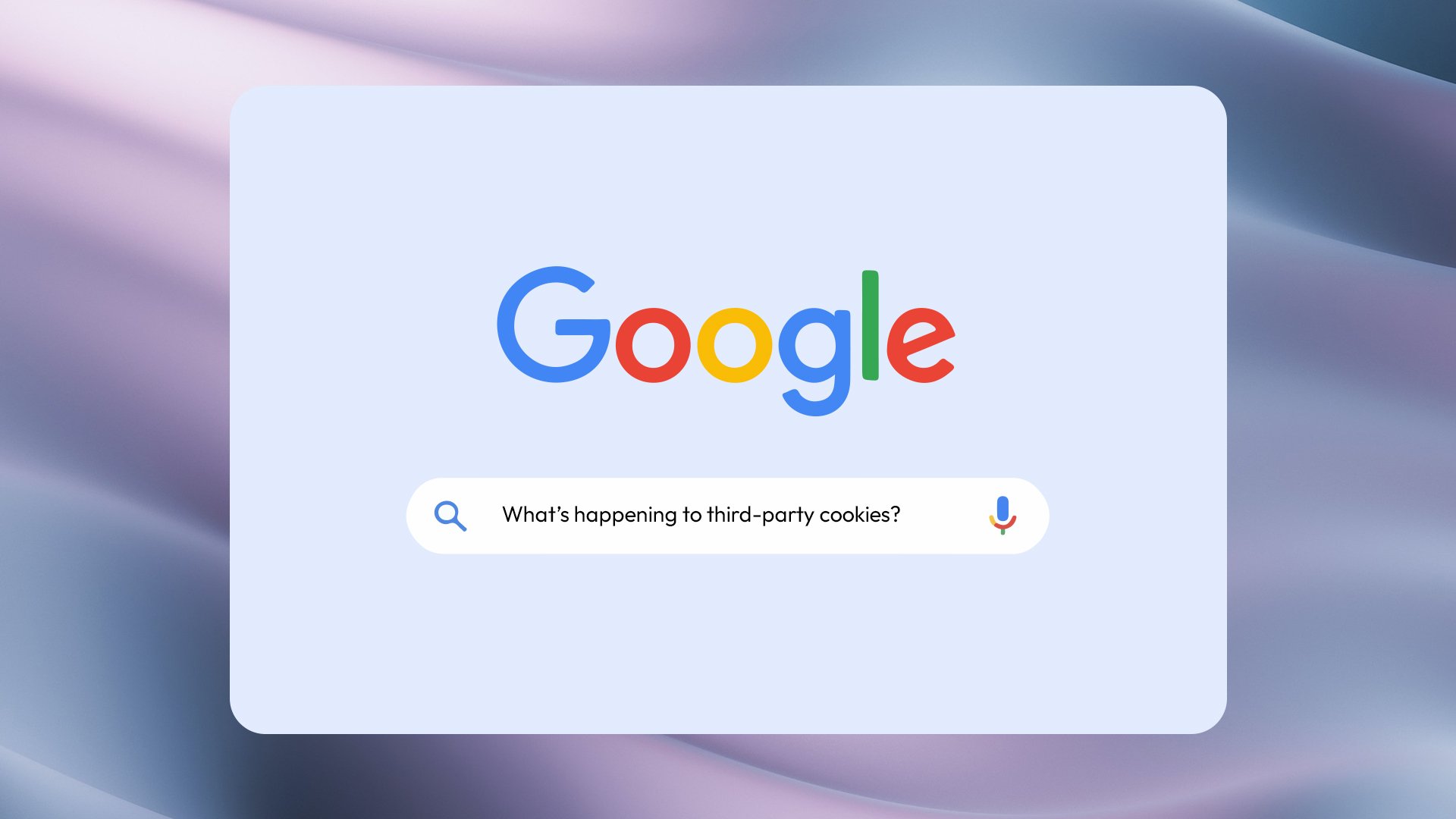Eleven Miles Of Digital… How to reset your strategy in a post-cookie world
COVID-19 changed everything. Businesses and consumers increasingly went digital, with more goods and services being sold and purchased online. And this year, we'll see brands no longer relying on cookies to track behaviour, but instead delivering personalised ads that consumers crave. It's a change that's keeping some digital marketers awake at night.
The shift to online catapulted e-commerce 10 years into the future. But this mass migration comes at a time when Google will soon follow Safari and Firefox in blocking third-party tracking cookies by default. Cookies on Chrome will be obsolete in 2023. And changes from Apple mean that IOS users are also opting out of data tracking.
But unfortunately, doing nothing won't make the problem go away. So to help, we want to share six simple steps that you can take to reset your ad strategy in a cookie-less world. Allowing you to plan for the long-term and build a solid customer data strategy that's better than ever.
And here's some good news to get you started. You've been storing the alternative to cookie data for years – first-party data. It's the information that comes straight from your customers. And it's data you own: email, digital, social and experiential.
It allows you to collect behavioural and other customer insights, that will help you deliver meaningful and relevant ads – to the right person, at the right time, on the right platform. Some brands are also busy collecting zero-party data (a term coined by Forrester). It's data that consumers intentionally and proactively share. But we'll come on to this in more detail later...
So, marketers, it's time to go back to your roots and take control of your data. Rethinking your data strategy will take time and effort. But in the long run, it'll be worth it. And here's why...
1. Making every ad count
Consumers took control of the content they wanted to see years ago. They don't want to be bombarded with meaningless ads. And according to Hootsuite, almost half of global web users use ad blockers. Customers want personalised content, tailored to their behaviours, wants and needs. And this means serving up relevant ads across all of their devices – laptops, mobiles, smart TVs and games consoles. With fewer advertising options, you need to make every ad count. You don't want to waste ad spend by serving up irrelevant ads that people ignore or block.
The statistics on ad personalisation are sobering. Research by AppNexus tells us that 97% of programmatic campaigns don't use unique creative for each segment that they're marketing to. This won't cut it with consumers. Taking control and resetting your data strategy can help fix this (more on this later in our six-step data challenge).
2. Earning customer trust in the way their data is being used
Customers are taking greater control over their personal data. But they're open to sharing more too. According to a Redpoint/Harris Poll, 66% will share more personal information if it's used to create more meaningful, customer experiences. Businesses that are transparent and collect data in a privacy-friendly and ethical way, will stand out.
Let's get started on some of the steps you can take to redesign your strategy.
Your six-step data challenge
Step 1 – Think customer first, data second
Build your data strategy around your customers, not the other way round. Customers are in control of brand relationships and they want businesses to treat them as individuals, not data points. This is the most important step you will take. Everything else will naturally flow from here.
Step 2 – Audit your customer data
Businesses collect mountains of customer data and you're probably collecting more than you think.
Here's are two quick checklists:
Information you have collected to create customer personas (demographics, geography and psychographic (beliefs, interests, values and lifestyles)
Behavioural data collected from your website, apps and products
Customer support history
Transactional data (online and offline)
Email/newsletter engagement
Social media profile data
Loyalty programme information
Then look at the types of zero-party data that you already collect
Your website/app preference centre data
Surveys and questionnaires
Online quizzes and polls
Social media feedback
Are there data gaps to plug that will give you a richer understanding of your customers? This deeper understanding will allow you to deliver more personalised, targeted ads, increasing your ROI.
Step 3 – Revisit your experience design and map key customer journeys
Map out your customer journeys. Doing so will help you identify the touch points where you can ask for information or feedback on customer experiences, preferences, needs and wants. But do so sparingly. You want your customers to volunteer information at the right moment.
Step 4 – Incentivise or reward customers to share their information
People want a fair value exchange for sharing their information. The customer's view is “you're collecting all this data on me, what am I getting in return?”. There are two ways you can approach this.
The first one is to think about offering a reward or incentive. How do you incentivise people to opt-in and what do you give back? The second way is to instil trust which brings us nicely to step 5.
Step 5 – Be ethical and transparent
Salesforce research found that 83% of consumers are worried about sharing their data online and 72% would stop buying from a company or using a service because of privacy concerns.
Businesses that have good data ethics will cement and strengthen customer relationships by earning trust. They will be better placed to be able to grow their own data strategy.
How transparent are you about the data you collect and store, and what would you write in a data contract with customers?
Step 6 - Make sure every campaign and creative brief includes data collection
In a cookieless world, we're all customer scientists. Now is the time to upskill or outsource if you don't have in-house capabilities to mine the customer information you collect so you can craft data-driven creatives and create successful campaigns.
A final thought …
Historically, we’ve relied heavily on Google's third-party cookies to help you understand your customers, tailor campaigns and measure results. But don't panic. The 'Big Tech' players are finding new ways to offer brands advertising space, using their own customer data. But success will depend on the quality of the data you have. We hope these six steps will help you reset your data strategy in a world without cookies. It will take work, but the quality of the insights you’ll get will definitely help you create ads that hit the spot, first time, every time.

